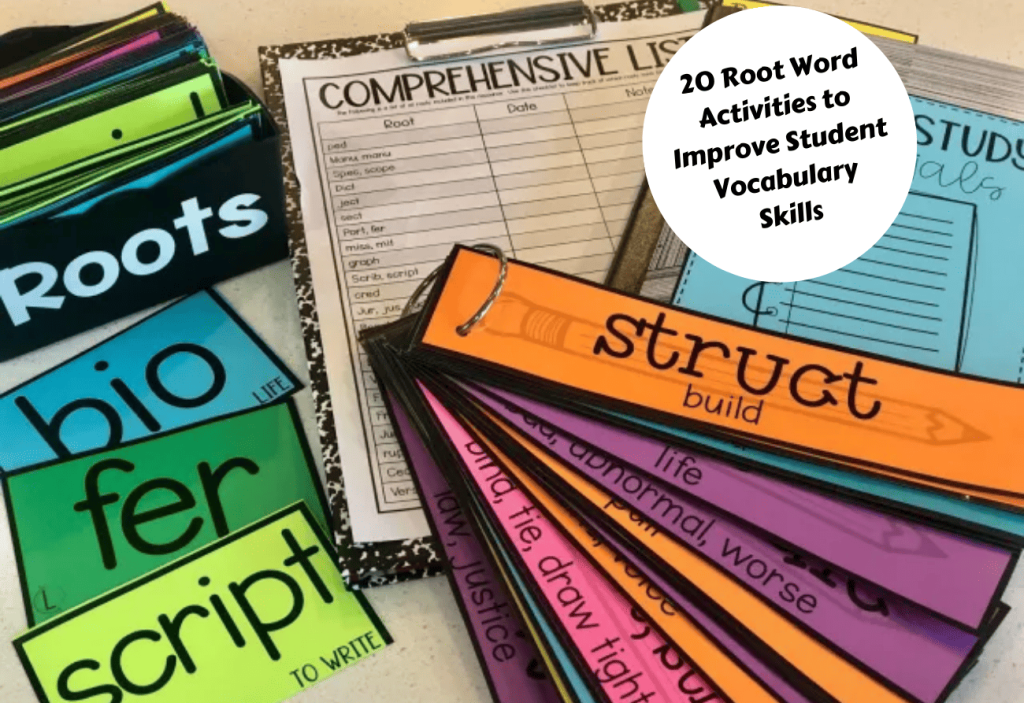Introduction:
PBS LearningMedia has been a valuable resource for teachers and parents alike, providing engaging educational content for every age group. For those teaching young children in PreK-2, PBS has curated a stellar collection of classroom resources designed to inspire and educate. In this article, we will highlight 12 amazing resources that cater to the curious minds of our youngest learners.
1. Peg + Cat:
Perfect for practicing early math skills, “Peg + Cat” combines animated storytelling with interactive games for an exciting learning experience. Topics covered include shapes, measurements, and problem-solving.
2. Ready Jet Go!:
Space exploration is made fun with the “Ready Jet Go!” series as it focuses on earth science and astronomy concepts. Interactive games, videos, and lesson plans help develop critical thinking skills in young children.
3. Martha Speaks:
Boost your students’ vocabulary through “Martha Speaks,” a show featuring a talking dog who teaches new words within context. The interactive games reinforce the vocabulary lessons from the episodes.
4. Super Why!:
“Super Why!” aims to improve literacy skills by combining engaging stories with fun games. Students learn to identify story elements, understand sentence structure, and practice their spelling.
5. Sid the Science Kid:
Help young children explore the world of science through “Sid the Science Kid,” complete with hands-on experiments, videos, and printable activities. This resource emphasizes scientific inquiry and observation skills.
6. The Daniel Tiger Collection:
Utilizing “Daniel Tiger’s Neighborhood” episodes along with emotionally responsive songs, this resource helps children develop essential social-emotional skills like empathy and self-regulation.
7. Arthur Family Health:
Teach kids about nutrition, daily habits, and physical activity through the charming characters from Arthur’s world in “Arthur Family Health.” Parent guides are included for extended learning outside the classroom.
8. Full-Time Kid! with Mya:
Encourage creativity and inspiration through simple DIY projects, science-related activities, and life hacks with “Full-Time Kid!” Expertly-designed for early learners, these project-based resources enhance hands-on learning.
9. Between the Lions Early Reading Collection:
“Between the Lions” is another excellent literacy resource featuring interactive games, video clips, and printable activities focused on improving reading and writing skills in early learners.
10. WordWorlds:
Give young learners a head start on their spelling skills through “WordWorlds,” an interactive series that builds words using letter characters. This engaging content boosts their grasp of phonics and word recognition.
11. Pinkalicious & Peterrific:
Infuse your classroom with creativity using “Pinkalicious & Peterrific.” These resources explore problem-solving, creative thinking, and emotional intelligence through a blend of live-action stories and arts-based videos.
12. Wild Kratts:
Ignite a passion for animals and environmental awareness through “Wild Kratts.” This show combines live-action footage with animation to provide engaging content about creatures from around the world.
Conclusion:
PBS LearningMedia is truly a treasure trove of educational content, offering invaluable resources tailored to meet the needs of preK-2 students. These 12 resources represent only a small portion of what PBS has to offer – dive in and explore everything they have to make learning enjoyable for young children!



